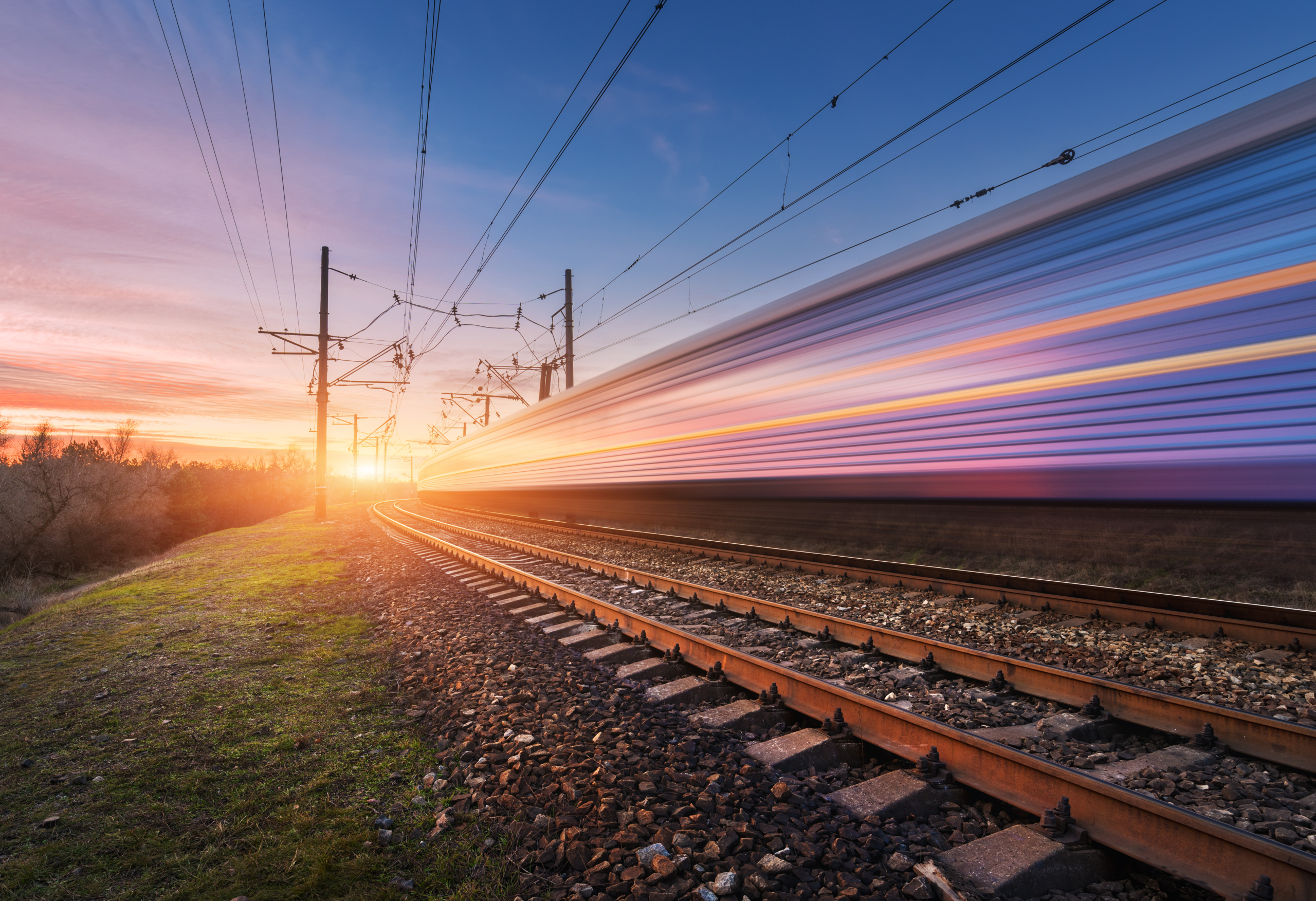
How Much Capital Is Required To Create A High-Speed Train Network?
How Much Capital Is Required To Create A High-Speed Train Network?
High-speed train networks are becoming increasingly popular worldwide to quickly and efficiently transport passengers between cities. How much capital is required to establish such a network? In this study, we explore the costs involved in creating a high-speed train network and discuss the types of investments required to make it successful.
Introduction to High-Speed Train Networks
The construction of high-speed rail (HSR) infrastructure is a significant investment. How much money are required to build an HSR network? The estimated cost of constructing a typical kilometer of high-speed railway varies from US $17 million to US $21 million.
To put this into perspective, the cost of constructing 1 km of highway is approximately US $1 million, while the cost of constructing 1 km of metro railway is about US $100 million. The high cost of HSR is due to the need for dedicated tracks, specialized signals, and electrical equipment.
Building an HSR network requires large initial capital investment. However, once the network is built, it would be much cheaper to operate than either an equivalent highway or metro system.
Cost of Building a High-Speed Train Network
However, high-speed trains are expensive to construct and maintain. The cost of building a high-speed train network can be divided into three main categories: infrastructure, rolling stock, and operating costs.
Infrastructure costs include the costs of tracks, signals, power supplies, stations, and other associated facilities. Rolling stock costs include those of locomotives, cars, and other vehicles. Operating costs include fuel, labor, and other day-to-day expenses.
The cost of building a high-speed train network varies, depending on the size and scope of the project. A small regional network may cost a few billion dollars to build, whereas a large national network may cost tens of billions.
Cost of Building a High-Speed Train Network
However, high-speed trains are expensive to construct and maintain. The cost of building a high-speed train network can be divided into three main categories: infrastructure, rolling stock, and operating costs.
Infrastructure costs include the costs of tracks, signals, power supplies, stations, and other associated facilities. Rolling stock costs include those of locomotives, cars, and other vehicles. Operating costs include fuel, labor, and other day-to-day expenses.
The cost of building a high-speed train network varies, depending on the size and scope of the project. A small regional network may cost a few billion dollars to build, whereas a large national network may cost tens of billions.
Types of Investment Required
Several types of investment are required to create high-speed train networks. The first is infrastructure investment, which is necessary for building tracks, stations, and other network elements. This type of investment is typically financed by the government or through public-private partnerships.
The second type of investment is the rolling stock investment, which covers the cost of buying or leasing trains. This can be a significant expense, because high-speed trains are specialized and expensive vehicles. Rolling stock investment is typically financed by the private sector.
The third type is operational expenditures, which cover the costs of running and maintaining the network. This includes aspects such as staffing, energy costs, and repair. Operational expenditures are typically borne by the private sector, although some government subsidies may exist.
Government Subsidies and Grants
Governments worldwide have been subsidizing and granting funding for high-speed rail (HSR) projects for many years. The European Union (EU) has been investing in HSR since the early 1990s when it started to connect its member countries with high-speed lines. In China, the government has been heavily involved in HSR development since 2004 when the country launched its first HSR line between Beijing and Shanghai.
The amount of capital required to build a high-speed train network varies, depending on the size and scope of the project. For example, California's planned 800-mile (1,300 km) HSR system is estimated to cost approximately $100 billion, while China's 22,000-mile (35,000 km) HSR network cost an estimated $360 billion.
Governments typically fund HSR projects by using a combination of subsidies and grants. In Europe, the EU has provided more than €5 billion in subsidies for HSR projects since 1991. In China, the government has invested billions of dollars in grants and low-interest loans to finance the HSR construction.
Maintenance Costs
Therefore, the cost of maintaining a high-speed train network is high. In addition to the costs of repairing and upgrading infrastructure, there are also ongoing costs of staffing and operating trains. These costs vary depending on the size and scope of the network but can add up to a significant amount over time.
Benefits of Establishing a High-Speed Train Network
There are many benefits of establishing a high-speed train network. For example, they can help to reduce congestion on roads and highways. High-speed trains can also help improve regional connectivity, job access, and other opportunities. In addition, high-speed trains are more energy-efficient than cars or planes and emit far less pollution.
The most significant benefit of a high-speed train network is its economic impact. High-speed trains can spur economic development by providing rapid and efficient market access. They can also attract businesses and tourists to regions that may otherwise not be accessible. Overall, a high-speed train network can generate billions of dollars in terms of economic activity.
Conclusion
High-speed rail networks are an excellent way to transport people across the country quickly and efficiently. However, they were also priced. Creating such a network requires an enormous amount of capital to purchase trains, build infrastructure, provide services, and so on.. For those planning this kind of investment, it is important to carefully consider all available resources before deciding how much capital is required to create a high-speed train network. However, with proper planning and research, it is possible to create an efficient transportation system without breaking banks.
STAY IN THE LOOP
Subscribe to our free newsletter.





